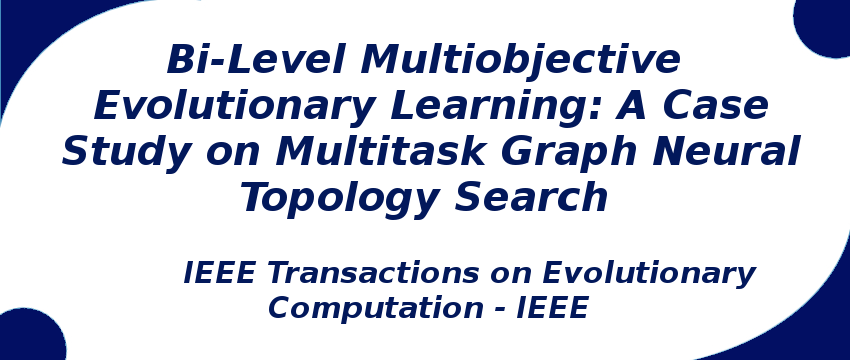Research Area: Machine Learning
The construction of machine learning models involves many bi-level multiobjective optimization problems (BL-MOPs), where upper-level (UL) candidate solutions must be evaluated via training weights of a model in the lower level (LL). Due to the Pareto optimality of subproblems and the complex dependency across UL solutions and LL weights, a UL solution is feasible if and only if the LL weight is Pareto optimal. It is computationally expensive to determine which LL Pareto weight in the LL Pareto weight set is the most appropriate for each UL solution. This article proposes a bi-level multiobjective learning framework (BLMOL), coupling the above decision-making process with the optimization process of the upper-level MOP (UL-MOP) by introducing LL preference r . Specifically, the UL variable and r are simultaneously searched to minimize multiple UL objectives by evolutionary multiobjective algorithms. The LL weight with respect to r is trained to minimize multiple LL objectives via gradient-based preference multiobjective algorithms. In addition, the preference surrogate model is constructed to replace the expensive evaluation process of the UL-MOP. We consider a novel case study on multitask graph neural topology search. It aims to find a set of Pareto topologies and their Pareto weights, representing different tradeoffs across tasks at UL and LL, respectively. The found graph neural network is employed to solve multiple tasks simultaneously, including graph classification, node classification, and link prediction. Experimental results demonstrate that BLMOL can outperform some state-of-the-art algorithms and generate well-representative UL solutions and LL weights.
Keywords:
Author(s) Name: Chao Wang; Licheng Jiao; Jiaxuan Zhao; Lingling Li; Xu Liu; Fang Liu
Journal name: IEEE Transactions on Evolutionary Computation
Conferrence name:
Publisher name: IEEE
DOI: 10.1109/TEVC.2023.3255263
Volume Information: Volume: 28, Pages: 208 - 222, (2024)
Paper Link: https://ieeexplore.ieee.org/document/10065594
